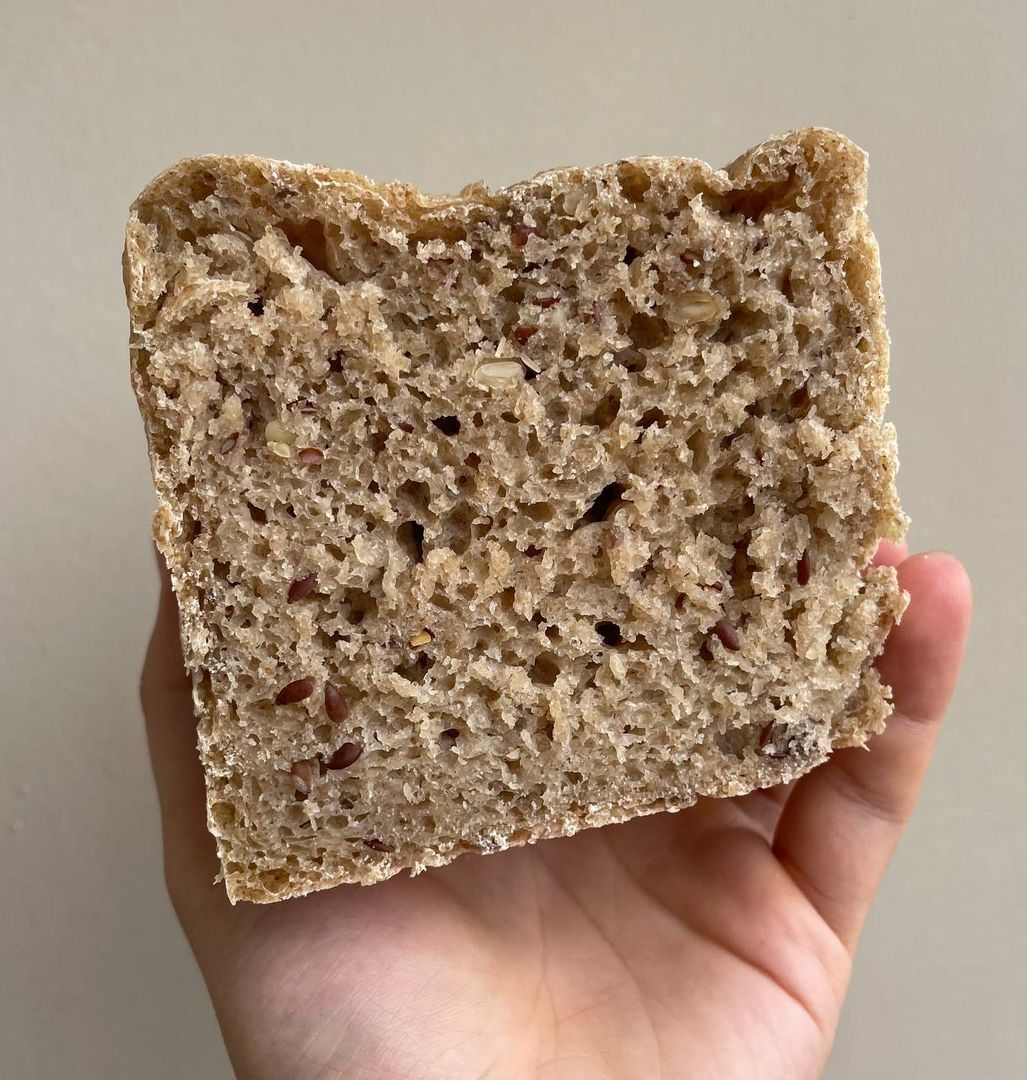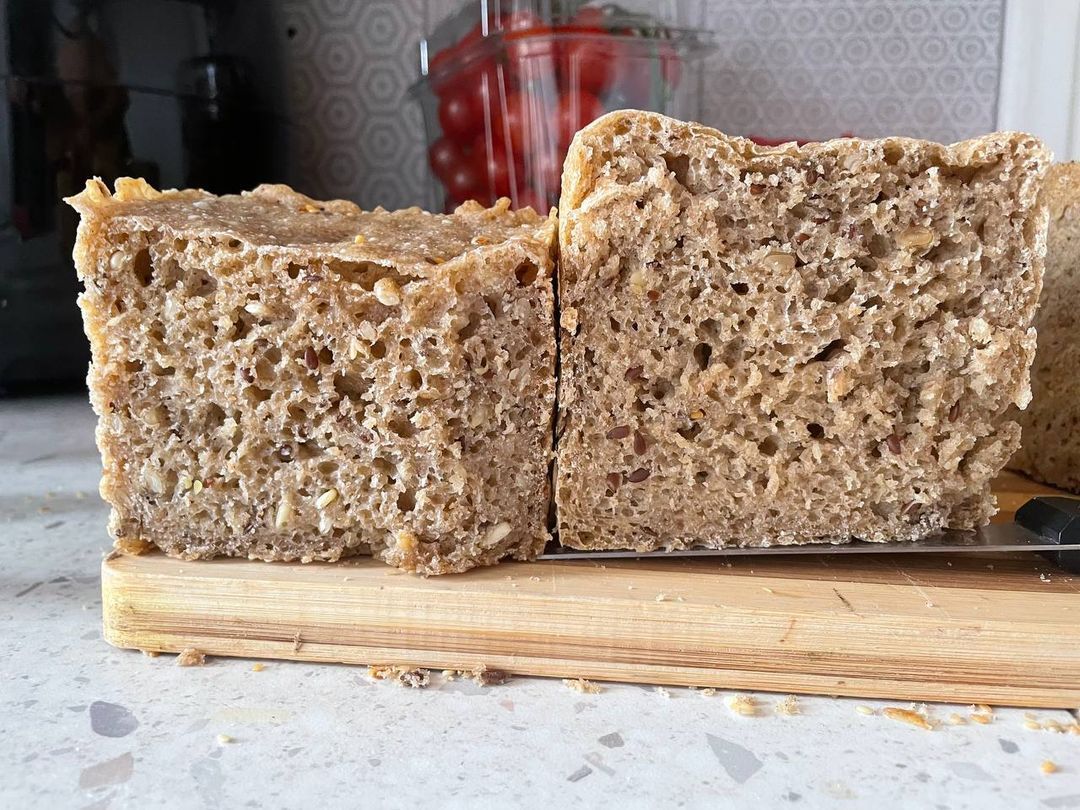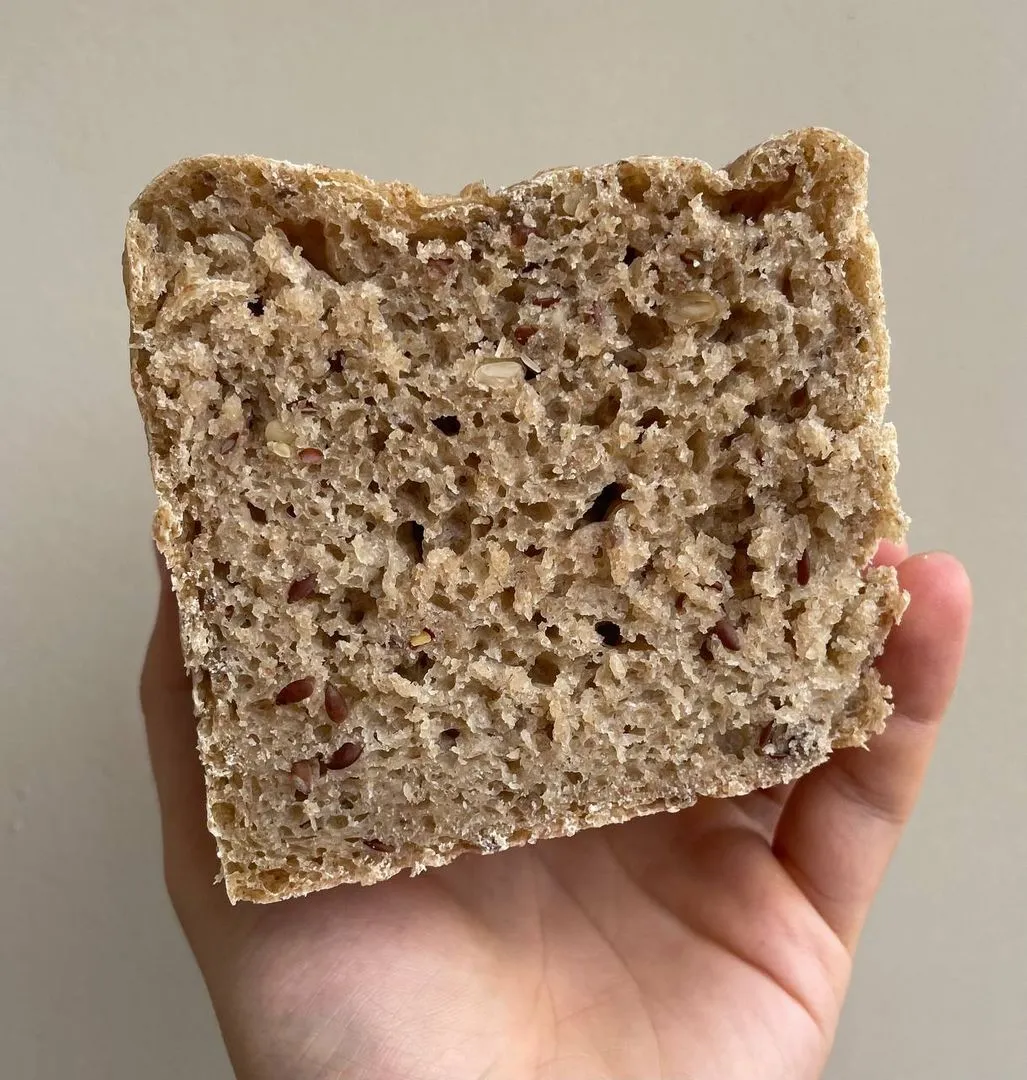What happens if you let dough with licoli rise too much? And how to avoid it.

Licoli (liquid sourdough starter) is a valuable ally for making fragrant, easily digestible bread and leavened products with a long shelf life. However, excessive leavening can compromise the final result. In this article, well look at what happens if you forget to let the dough rise too long, how to adjust the time based on the temperature, and what to do to fix it.
What happens if you let the dough rise too much?

When a dough with licoli rises beyond the optimal time, it can suffer from:
- Structural collapse : Air bubbles collapse, the dough sags and loses elasticity.
- Acidic and pungent odor : due to the excessive proliferation of lactic and acetic bacteria.
- Difficulty shaping : the dough becomes sticky, fragile and tends to tear.
- Disordered or absent alveolation : due to degraded gluten and poor gas retention.
- Disappointing baking : bread that doesnt rise in the oven (no spring oven), compact crumb and pale crust.
In practice: a highly leavened dough doesnt always mean better. Fermentation is a balance between time, temperature, and yeast strength.
In this case, we have the same dough: on the right, it rose for 6 hours outside the refrigerator at room temperature; on the left, it rose for 14 hours at room temperature (26°C). The sour taste ruins the flavor of over-risen bread.
Rising times based on temperature
Licoli, being natural, is very sensitive to temperature . Heres a rough guide for a 65-70% hydrated dough, with 20-25% mature licoli based on the flour weight:
Room temperature Rising time 28-30°C 3-4 hours 24-26°C 5-6 hours 20-22°C 7-8 hours 16-18°C 10-12 hours Refrigerator (4-6°C) up to 24-48 hours 🔎 Tip :
At high temperatures (e.g. in summer), it is better to reduce the quantity of licoli or place part of the leavening in the refrigerator to avoid excesses.
What to do if you forget to let the dough rise
If youve forgotten the dough on the counter for too many hours, all is not lost . Here are some strategies:
Re-knead
- Gently deflate the dough.
- Add a little flour (5-10%) and water to freshen the fermentation environment.
- Knead briefly and let it rise again: it wont be perfect, but the structure will improve.
Put in the refrigerator
- If you notice that its at the limit, put it in the refrigerator immediately: this slows down the fermentation and saves time for shaping and cooking.
Make focaccia or breadsticks
- Over-leavened doughs are ideal for thin, rustic preparations such as focaccia, pan pizzas, schiacciata, or breadsticks.
- Roll out the dough, season it, and bake it without too many pretensions.
Prevention is better than cure
To avoid forgetfulness or over-leavening:
- Use timers or alarms on your phone.
- Note the room temperature and adjust the times accordingly.
- Fold the dough every 30-60 minutes during the first rise to monitor its firmness.
- Its best to let the dough rise in the refrigerator if you know youll be away for a while.
In conclusion
Working with licoli requires attention and sensitivity, but it rewards you with unique doughs. If the leavening gets out of hand, knowing how to recognize the signs and react in time can save your work and transform a mistake into a new recipe.
#licoli #leavening #bread #sourdough #baking #dough #fermentation #kitchentricks #mistakes #helpfultips #homemadebread #focaccia #doughrecycling #consciousbaking #managinglicoli #temperatureandleavening

flavio_campaniolo
Data di inserimento 03 giu 2025
Report article


Comments
There are no comments yet.